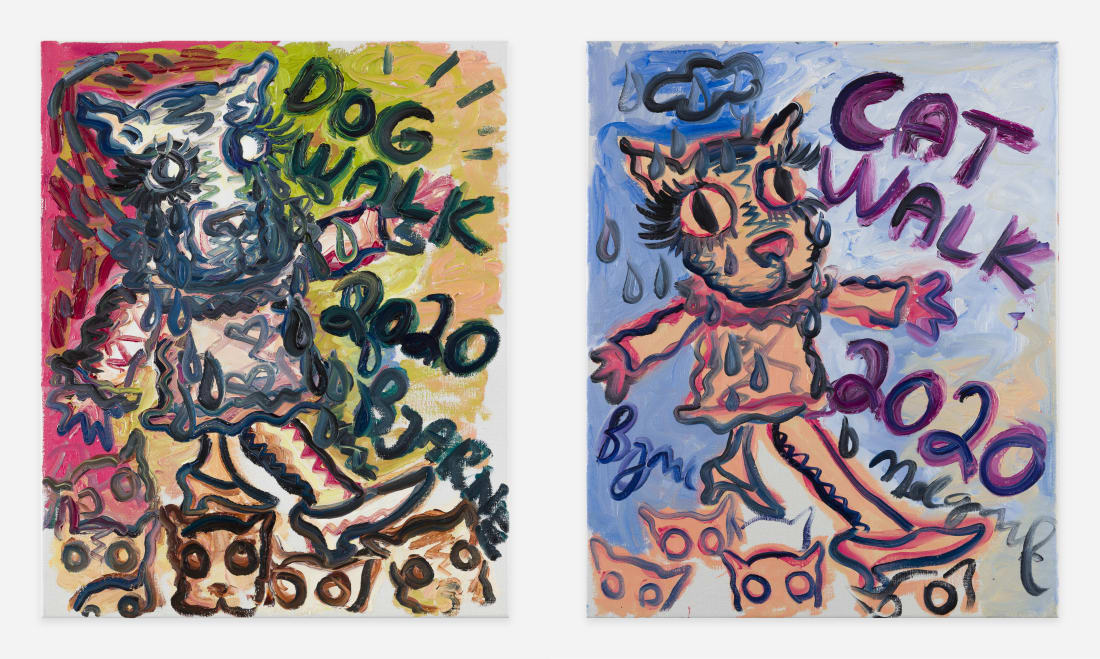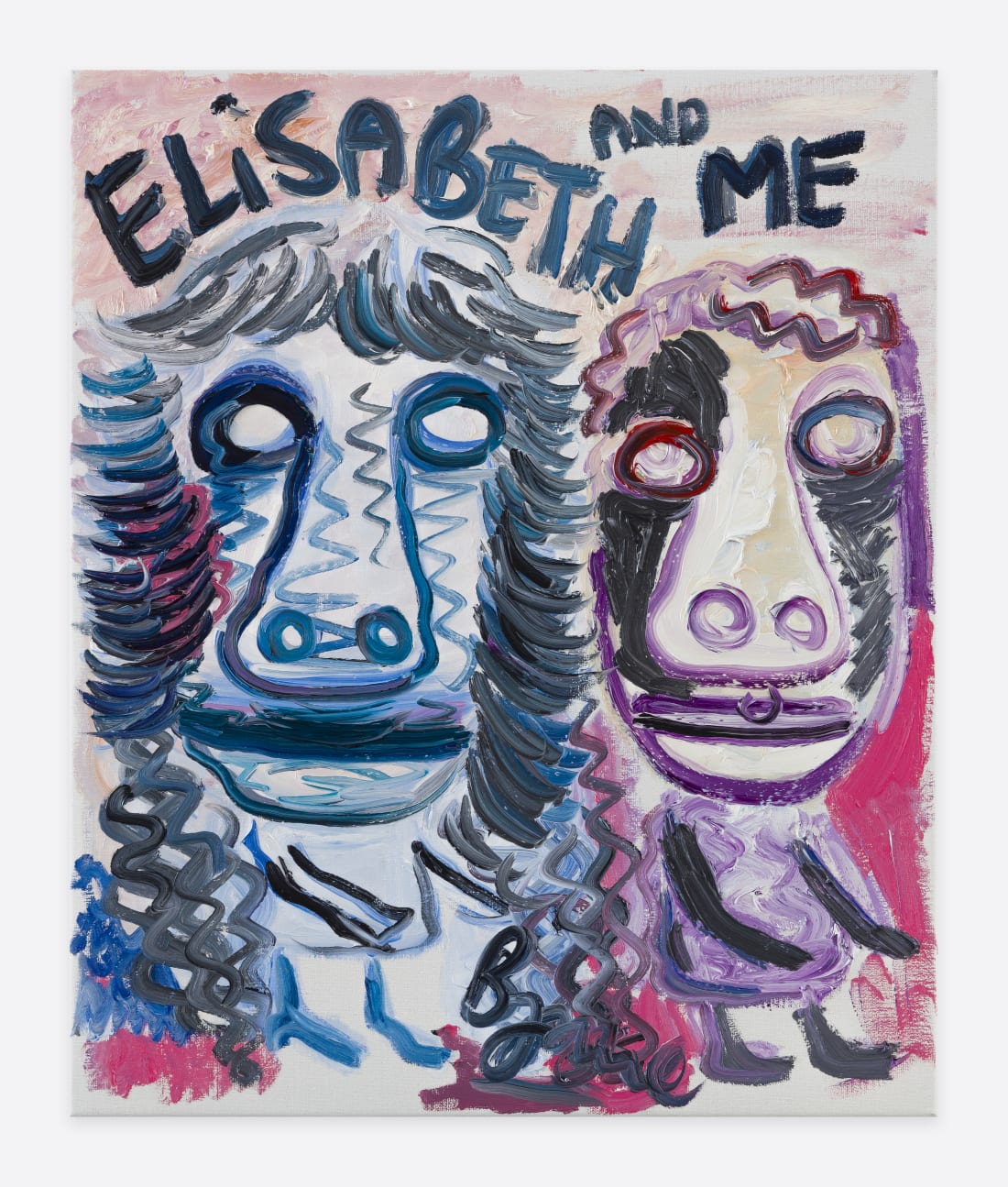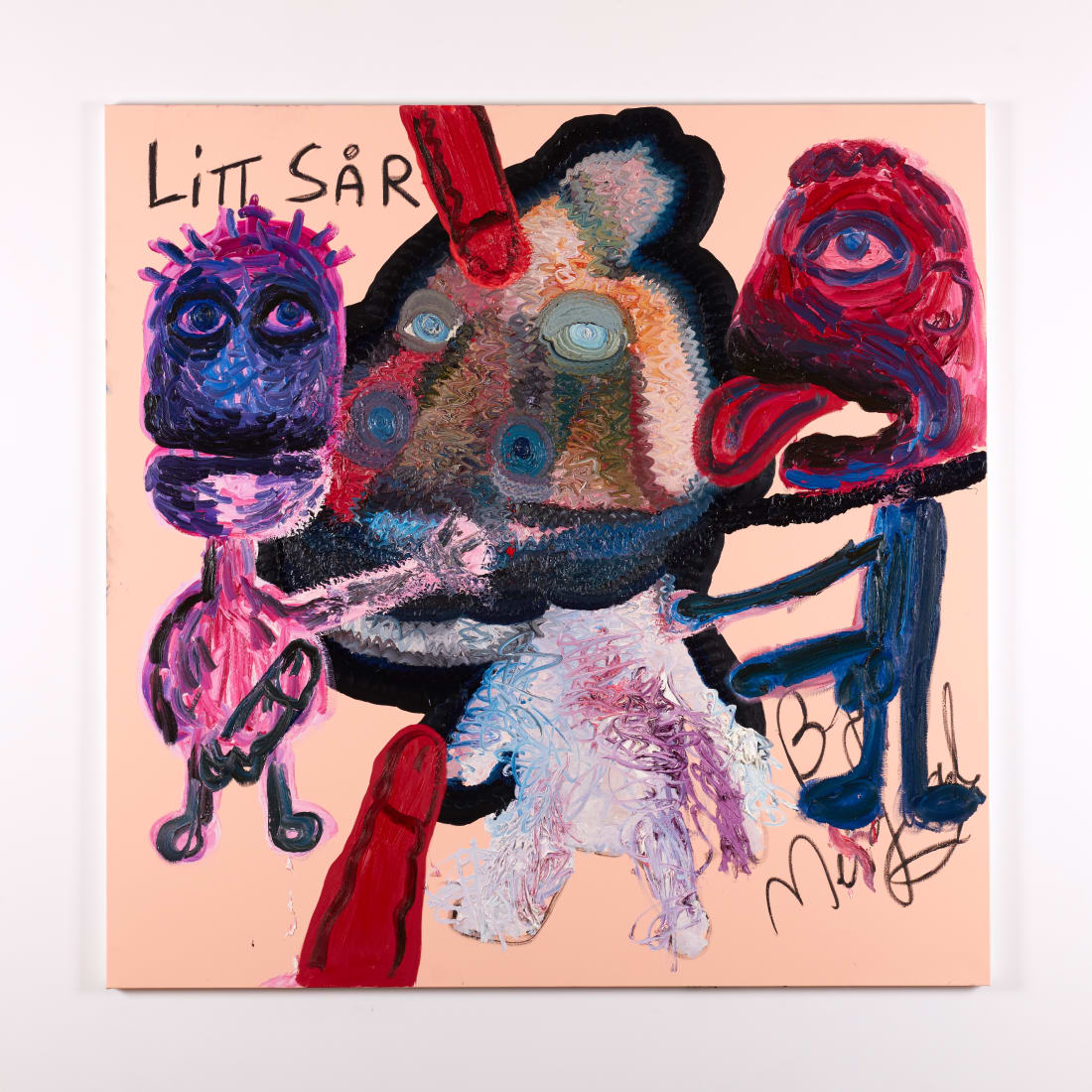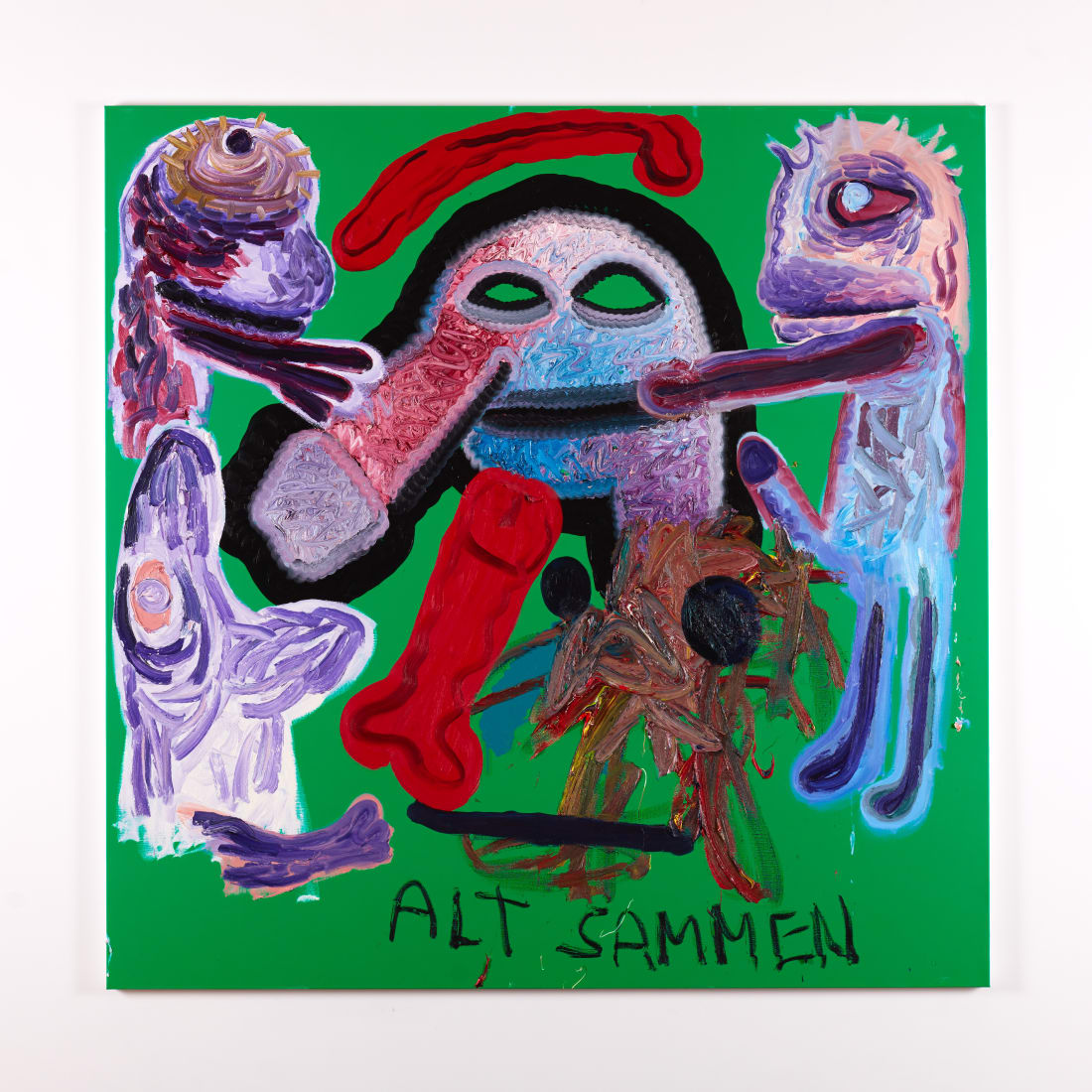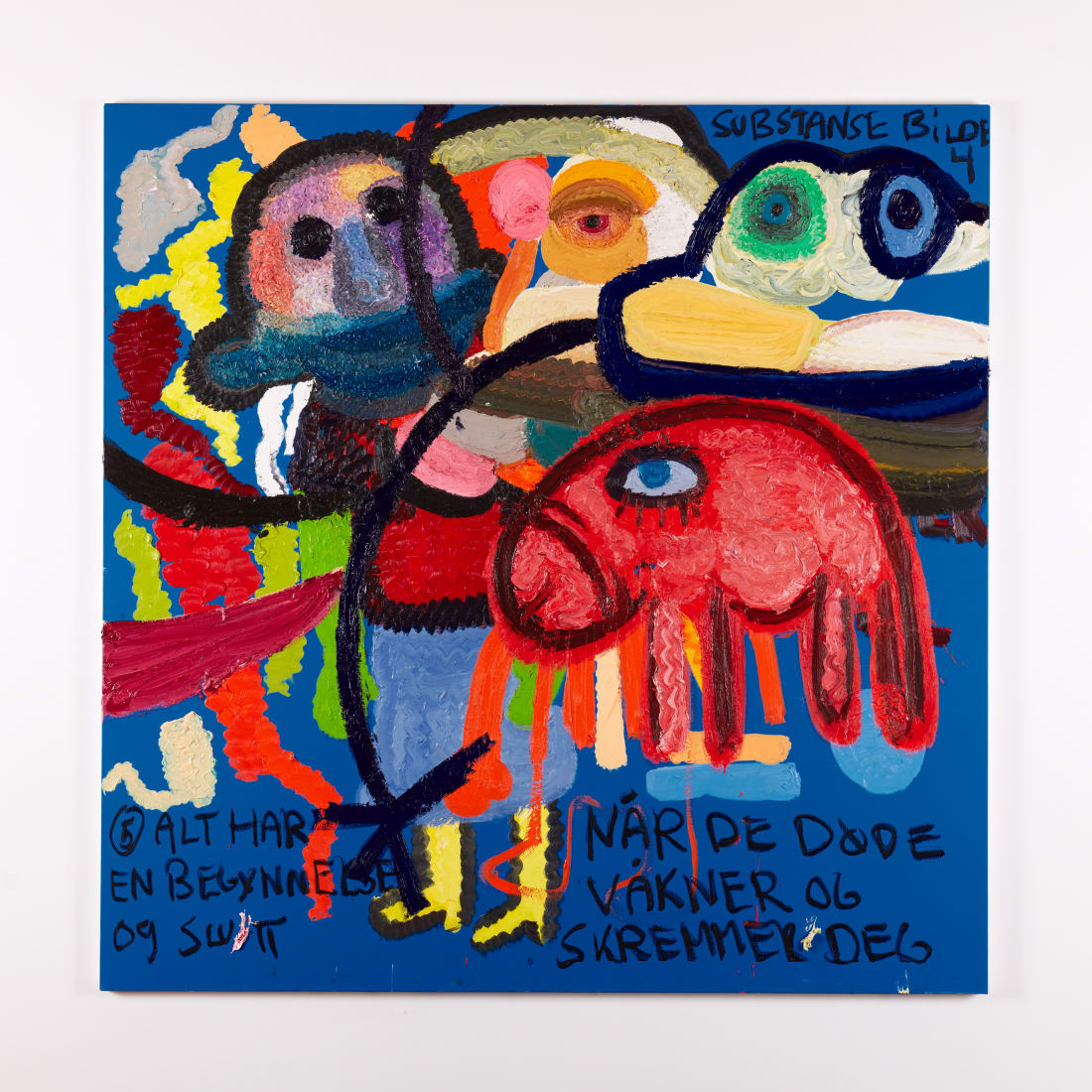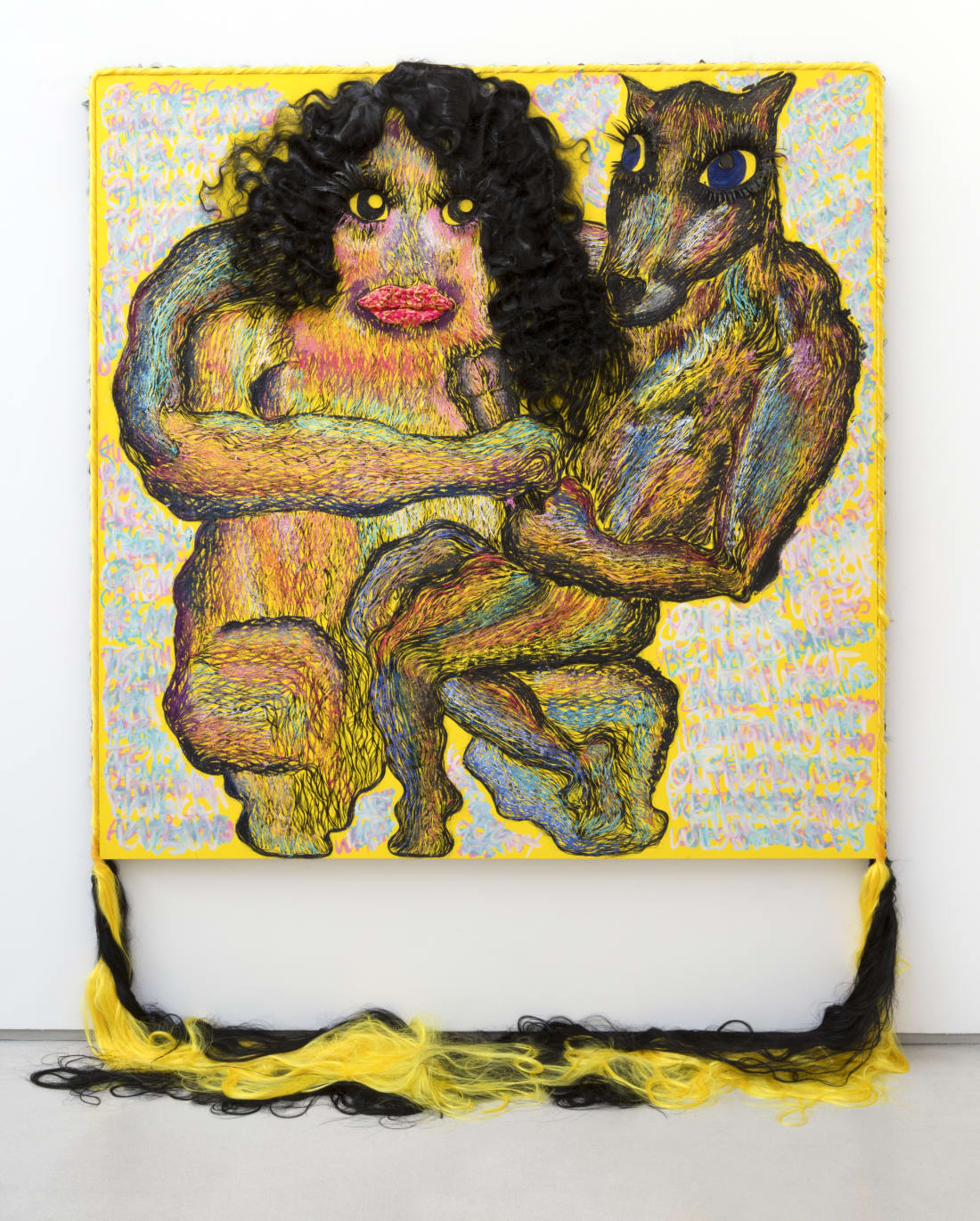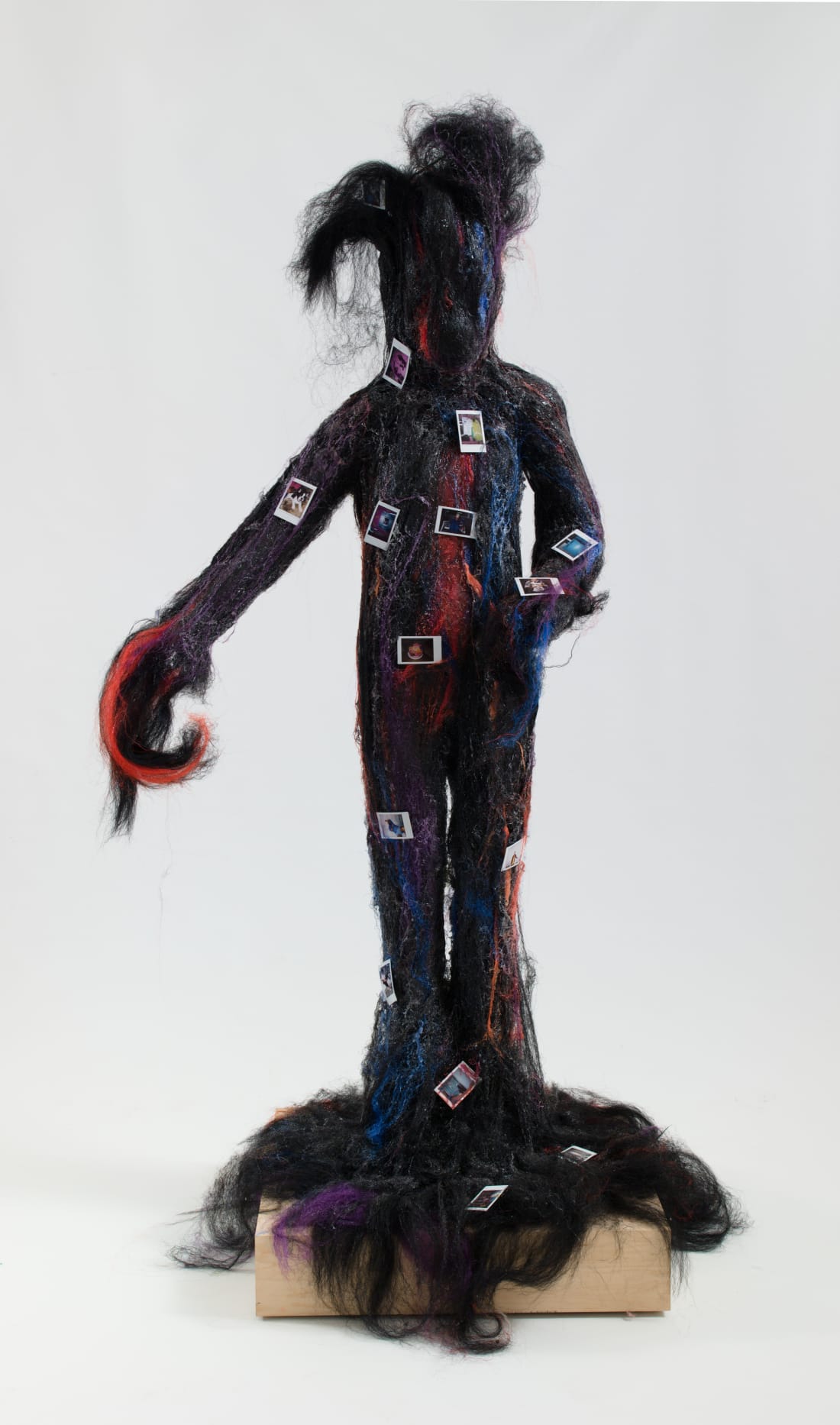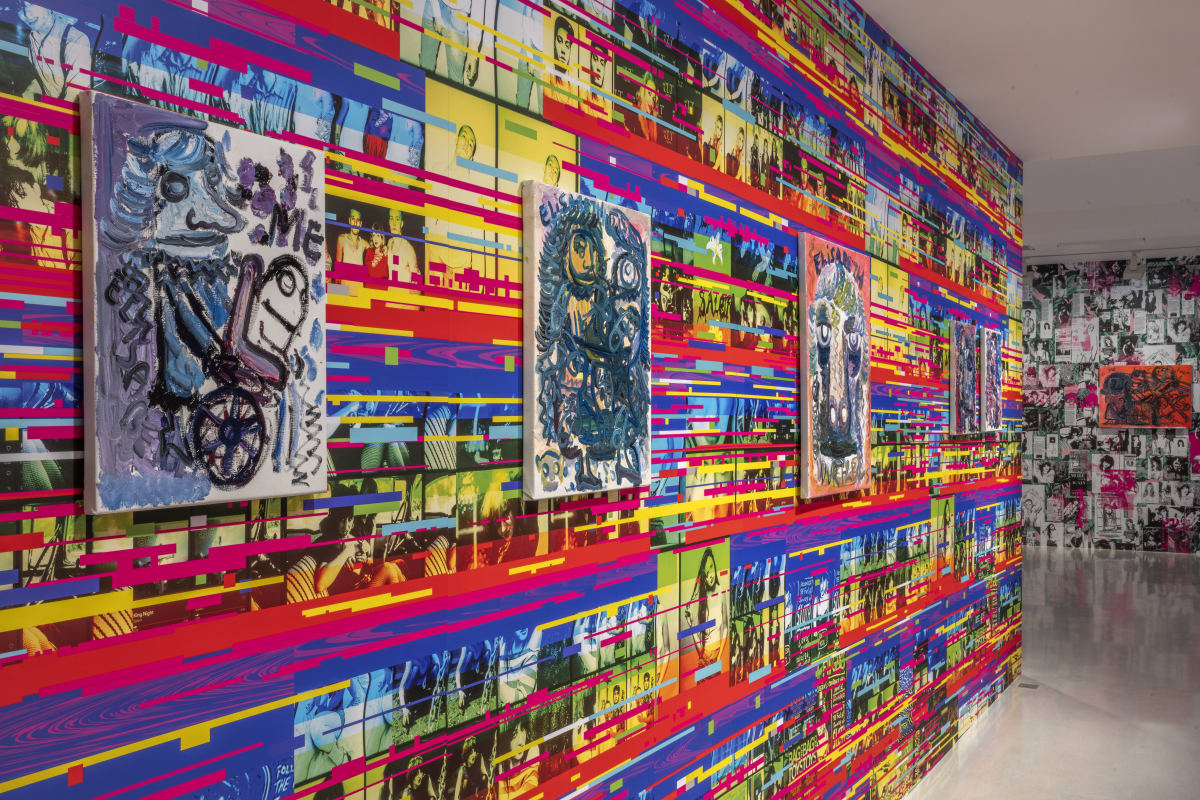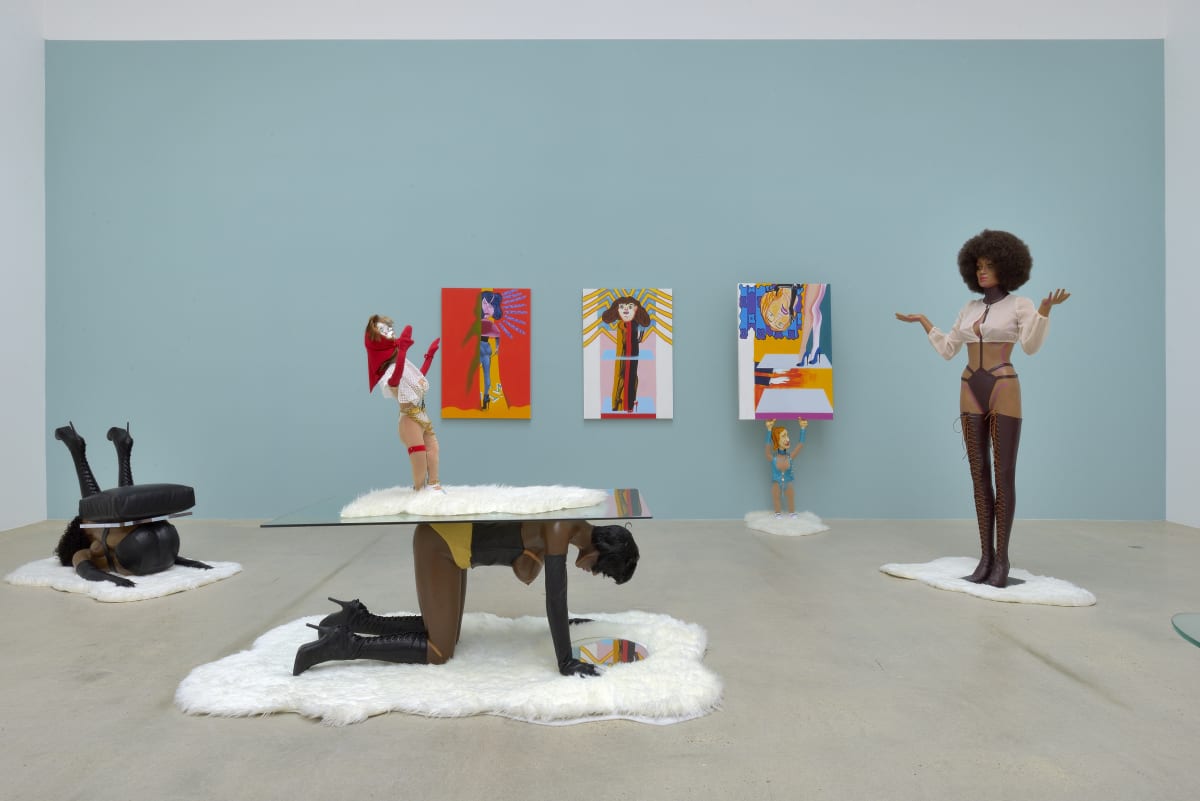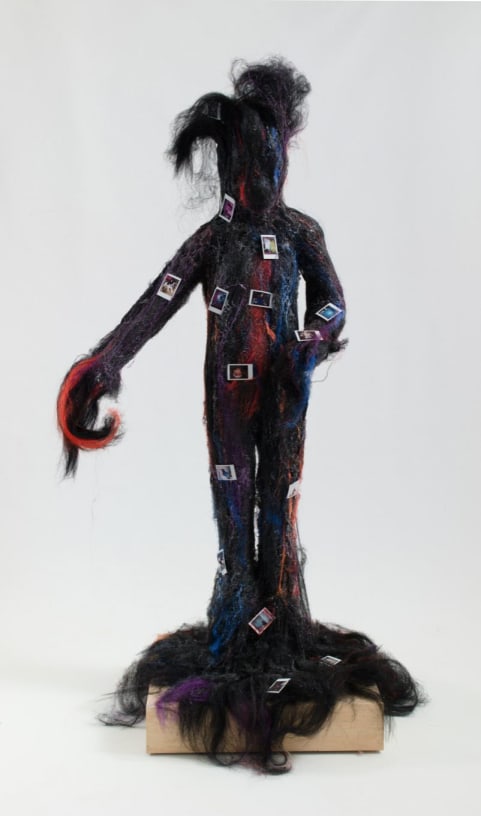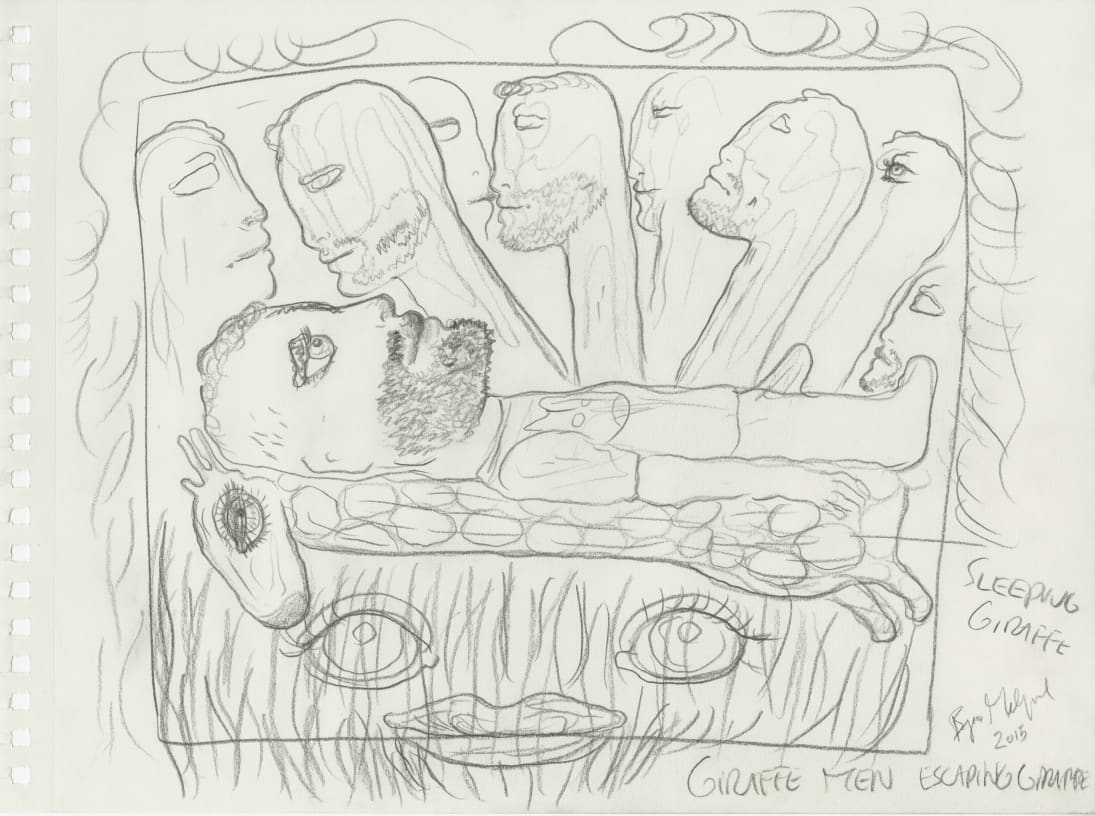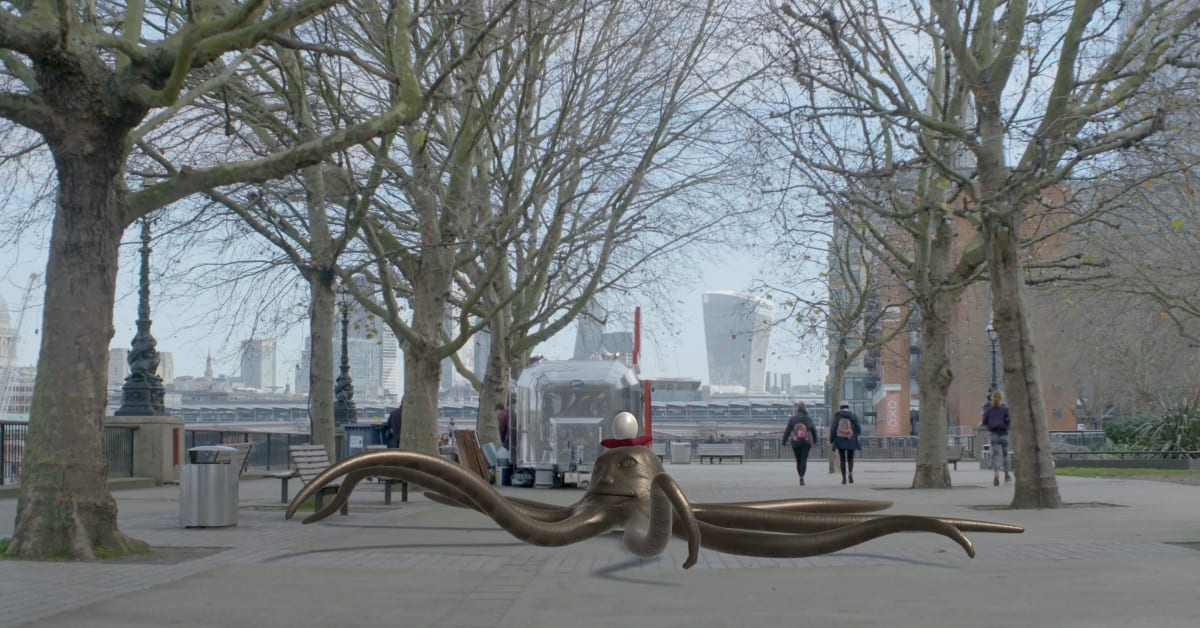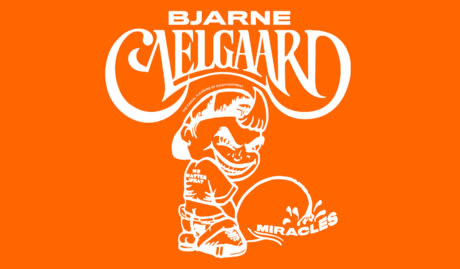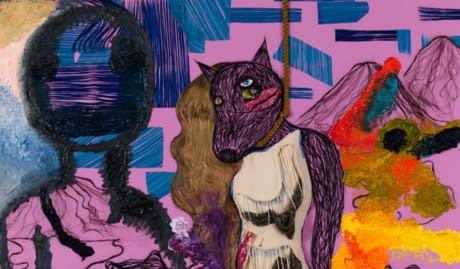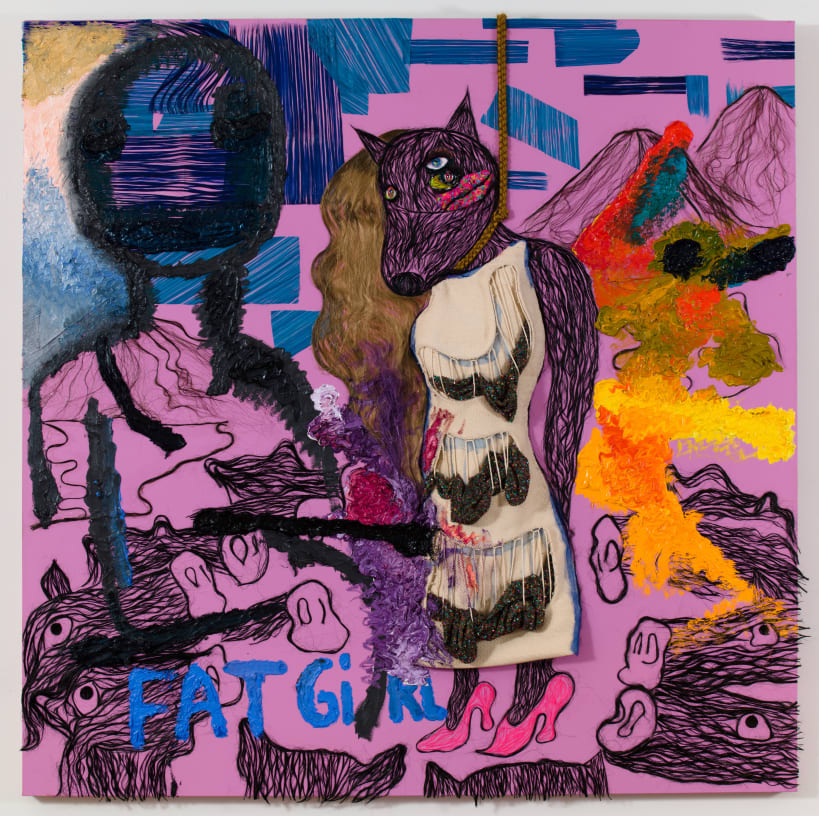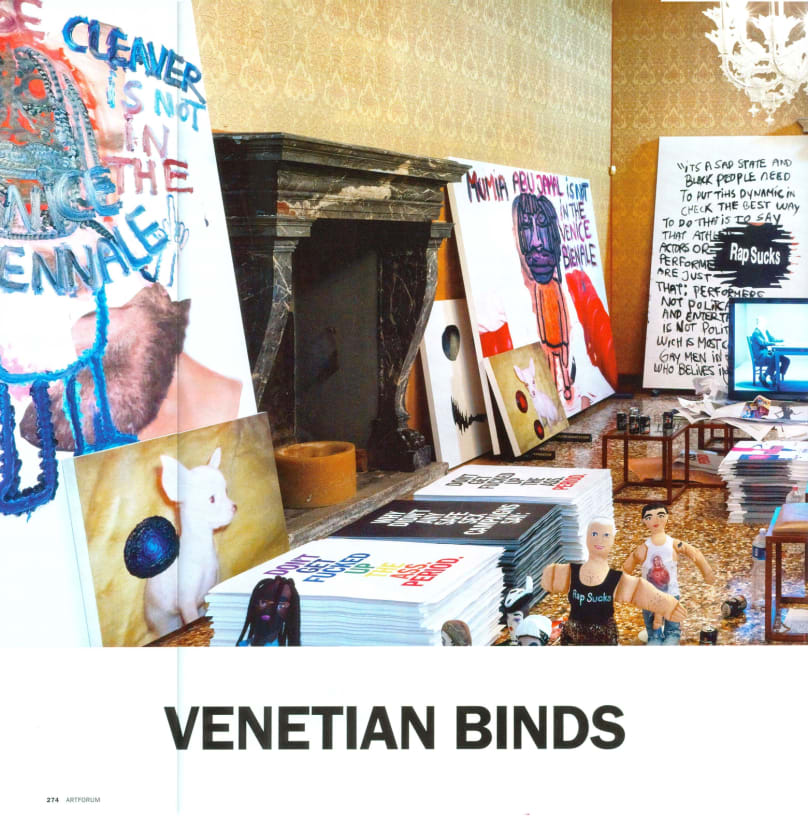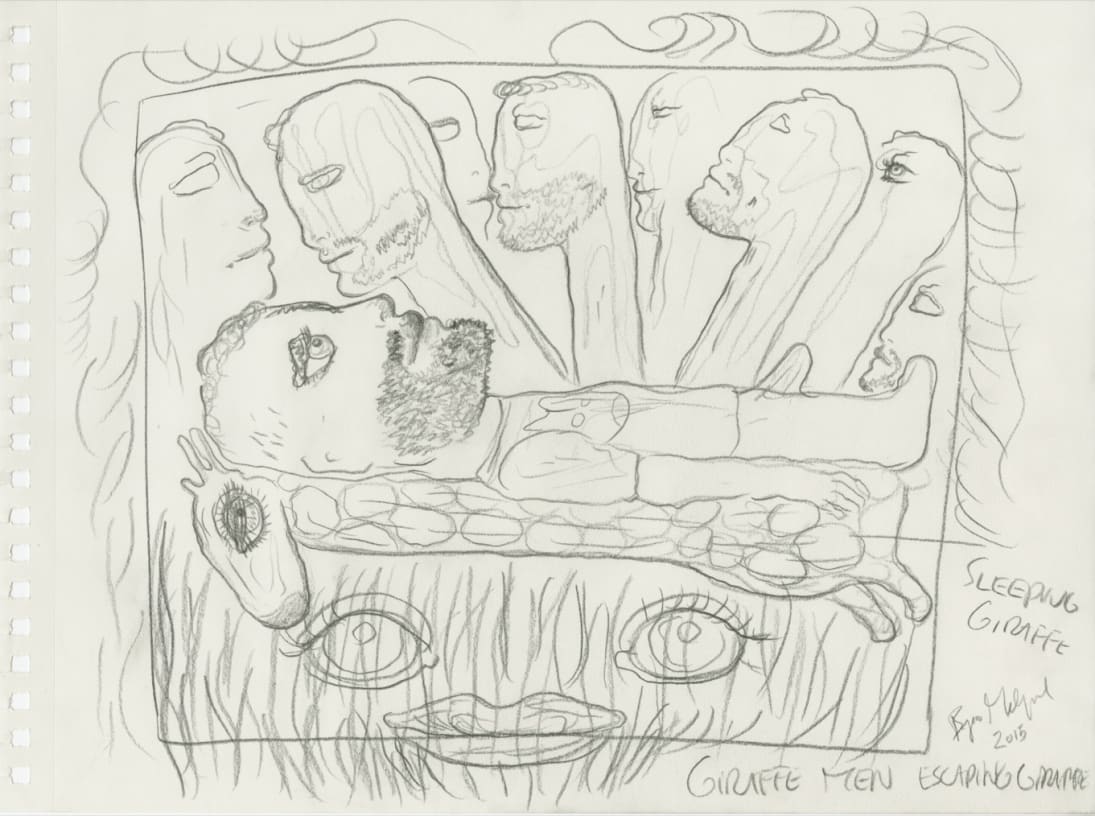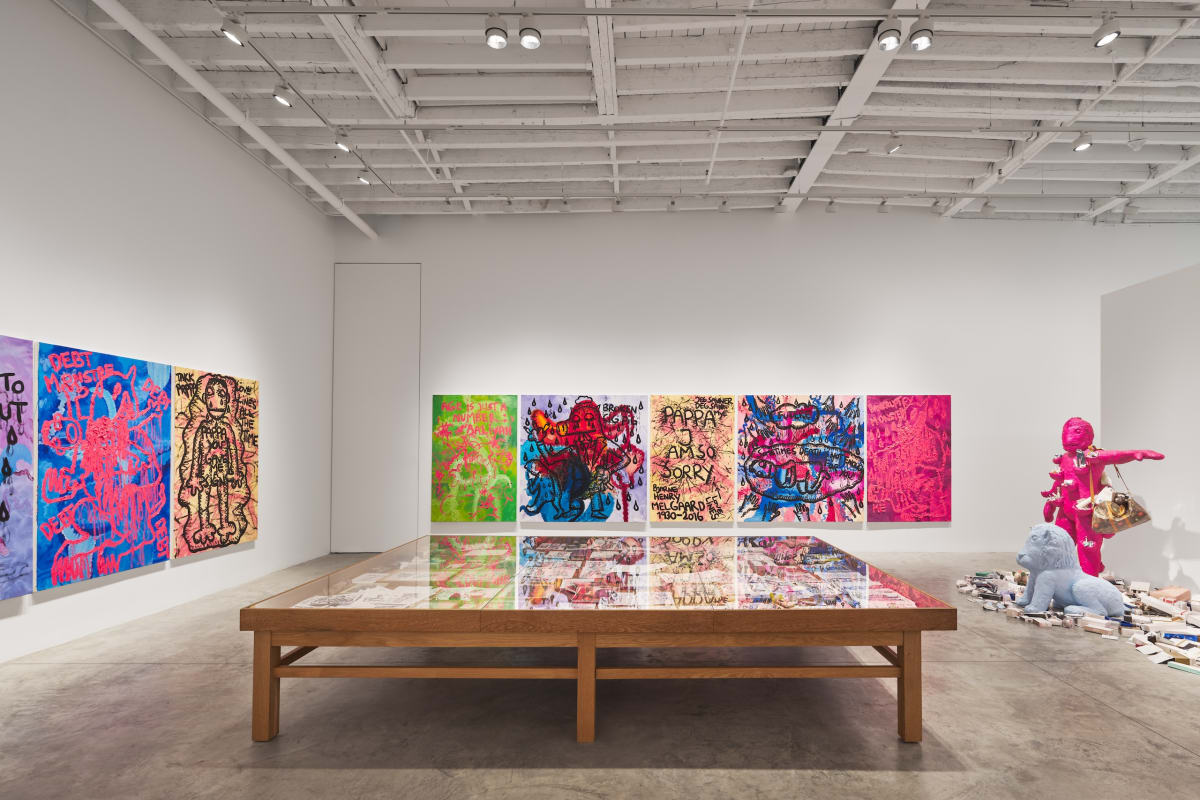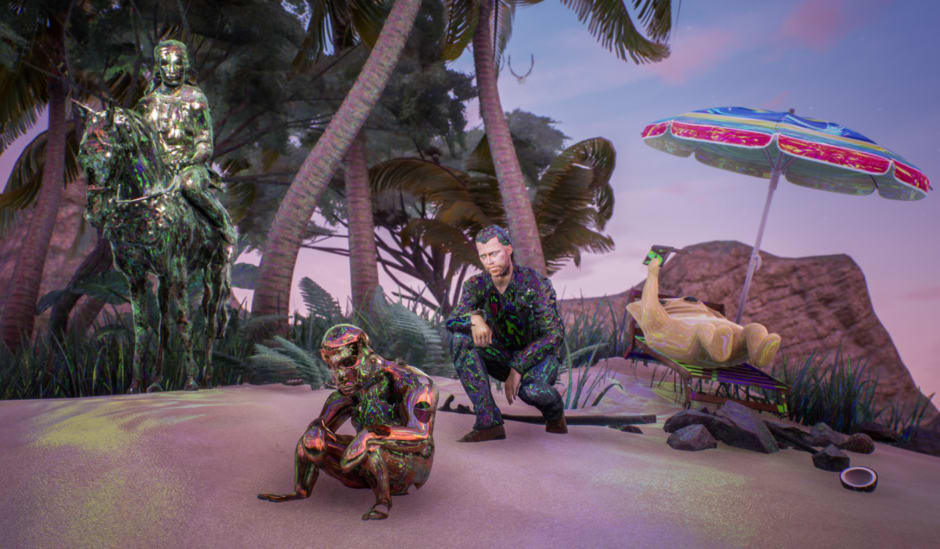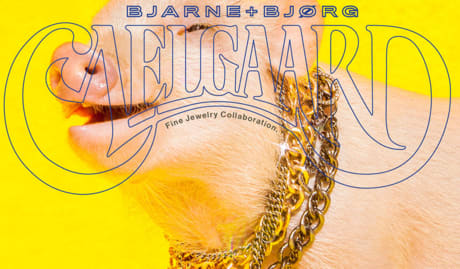
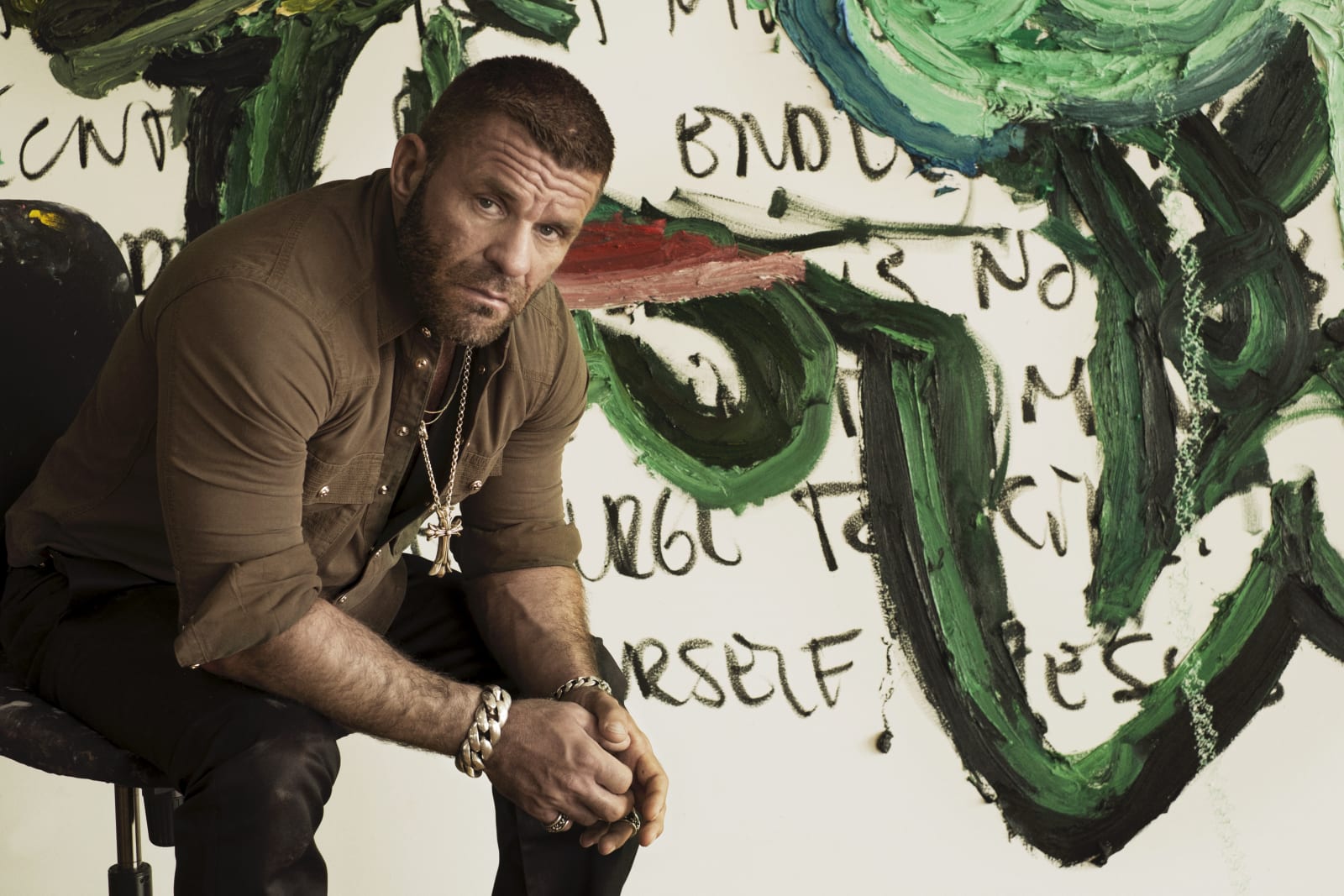
Bjarne Melgaard
Overview
'I think the so-called subversive culture that is described in some of my works is a part of the common culture. It's just that it is not visible. Things that people surround themselves with on a daily basis in the media suddenly become much more provoking when they are treated in art.'
Bjarne Melgaard first developed his neo-expressionistic, gestural style of painting in the mid-1990s, often addressing marginal and subcultural phenomena to raise provocative and critical questions about society. He explores the darker side of humanity, such as self-destructive tendencies, deviant sexuality or fringe religious beliefs, pushing the boundaries of acceptability in order to probe social, political and ideological issues. His distinct iconography is influenced by Norse mythology, but also draws from popular culture, with references as diverse as the The Pink Panther, Planet of the Apes, Symbolist painter Edvard Munch and author Elizabeth Wurtzel. His work across disciplines and media encompasses painting, sculpture, installation, fashion, literature, architecture, curation and video, as well as augmented and virtual reality.
Melgaard's expressive, vividly coloured canvases are populated by hybrid human and animal characters, executed in thickly encrusted oil paint against a bright, often monochromatic ground. Many of these works also incorporate Norwegian or English phrases as a counterpoint to the imagery. The result is an intimately introspective body of work, filled with 'personal archetypes' that reveal the artist's sustained investigation into and ultimate 'embrace of male sexuality' as a riotous celebration tinged with angst. Although he does not consider himself an explicitly political artist, his work is rooted in an early identification with queer politics and identity from the 1970s and 1980s. He also engages with Munch's legacy in Norway, addressing similarly profound themes including sexuality, desire, alienation and death, although transformed into Melgaard's own idiosyncratic idiom.
Bjarne Melgaard first developed his neo-expressionistic, gestural style of painting in the mid-1990s, often addressing marginal and subcultural phenomena to raise provocative and critical questions about society. He explores the darker side of humanity, such as self-destructive tendencies, deviant sexuality or fringe religious beliefs, pushing the boundaries of acceptability in order to probe social, political and ideological issues. His distinct iconography is influenced by Norse mythology, but also draws from popular culture, with references as diverse as the The Pink Panther, Planet of the Apes, Symbolist painter Edvard Munch and author Elizabeth Wurtzel. His work across disciplines and media encompasses painting, sculpture, installation, fashion, literature, architecture, curation and video, as well as augmented and virtual reality.
Melgaard's expressive, vividly coloured canvases are populated by hybrid human and animal characters, executed in thickly encrusted oil paint against a bright, often monochromatic ground. Many of these works also incorporate Norwegian or English phrases as a counterpoint to the imagery. The result is an intimately introspective body of work, filled with 'personal archetypes' that reveal the artist's sustained investigation into and ultimate 'embrace of male sexuality' as a riotous celebration tinged with angst. Although he does not consider himself an explicitly political artist, his work is rooted in an early identification with queer politics and identity from the 1970s and 1980s. He also engages with Munch's legacy in Norway, addressing similarly profound themes including sexuality, desire, alienation and death, although transformed into Melgaard's own idiosyncratic idiom.
Born in Sydney to Norwegian parents, Melgaard was raised in Oslo and studied there at the Norwegian National Academy of Fine Arts, moving to the Netherlands in 1991 to complete his studies at the Rijksakademie, Amsterdam, and the Jan van Eyck Academie, Maastricht. The artist lived and worked in New York for a decade, before returning to Oslo in 2017. He represented Norway at the 54th Venice Biennale (2011) and has also participated in the Lyon Biennale (2000 and 2013) and the Whitney Biennial (2014). His work was the subject of a mid-career retrospective at the Astrup Fearnley Museum, Oslo (2010), followed by Melgaard + Munch – The End Of It All Has Already Happened at the Munch Museum, Oslo (2015), which placed his work in direct dialogue with that of Edvard Munch. The following year, Rizzoli published the first comprehensive monograph of his career. Melgaard's book, A New Novel (2012), was the first English-language novel to be published by Aschehoug, followed by his most recent book De Etterlatte (2021). In 2019, he created his first virtual reality work, My Trip, with Acute Art, which was shown at the Julia Stoschek Foundation in Berlin. Together with Steiff, he created a toy collection that was showcased at Kunsthall Stavanger in 2022, in collaboration with the musician and artist Chris Korda. A major retrospective at the Munch Museum, Oslo in 2023 was the first comprehensive survey of Melgaard's career at a public institution in his homeland. His works are held in the collections of Moderna Museet, Stockholm; Stedelijk Museum, Amsterdam; Museum of Contemporary Art, Los Angeles; and Museum of Modern Art, New York, among others, and in 2024, a sculpture joined the collection of Centre Pompidou, Paris. In 2025, his works were part of the group exhibition Nordic noir. Works on paper from Edvard Munch to Mamma Andersson at the British Museum, London.
Videos



